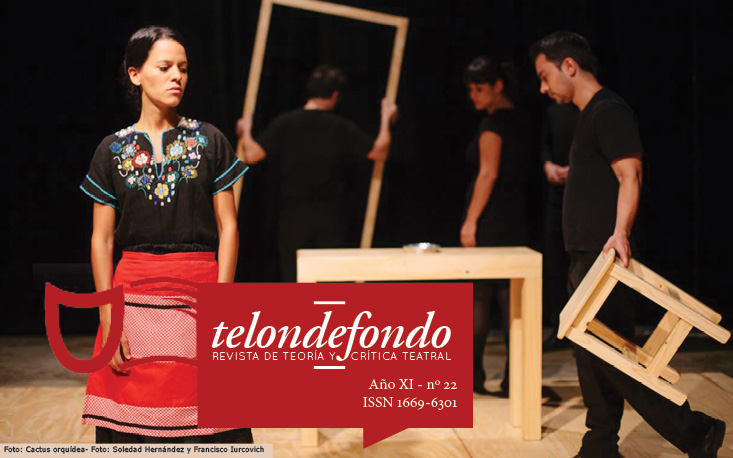Lecturas escénicas del erotismo en <i>El perro del hortelano/i> de Lope de Vega. Los montajes de Magüi Mira (2002) y Eduardo Vasco (2011)
Abstract
The sexual tension between the Countess of Belflor and her secretary in the text of The Dog in the Manger, by Lope de Vega, has had different performing translations throughout the history of representation, including a paradigmatic film translation in the famous work of Pilar Miró (1996). In the XXI century, two of the best productions of this classic compete in its interpretation of underlying eroticism in the text. On the one hand, the veteran actress Magüi Mira, with private producer Pentación, decides to unleash Lope and his characters in a hilarious whirlwind of passionate madness. On the other hand, Eduardo Vasco, as a last work in the direction of the Compañía Nacional de Teatro Clásico, chooses the title of Lope and recreates in an atmosphere of restrained and beautiful eroticism. This paper compares these two readings of the Lope’s plays to observe the different erotic aspects of the original.Downloads
Los autores/as que publiquen en esta revista aceptan las siguientes condiciones:
-
Los autores/as [traductores] conservan los derechos de autor y ceden a la revista el derecho de la primera publicación, con el trabajo registrado con Licencia Creative Commons Atribución-NoComercial-CompartirIgual 4.0 Internacional, que permite a terceros utilizar lo publicado siempre que mencionen la autoría del trabajo y a la primera publicación en esta revista.
-
Los autores/as pueden realizar otros acuerdos contractuales independientes y adicionales para la distribución no exclusiva de la versión del artículo publicado en esta revista (p. ej., incluirlo en un repositorio institucional o publicarlo en un libro) siempre que indiquen claramente que el trabajo se publicó por primera vez en esta revista.
-
Se permite y recomienda a los autores/as a publicar su trabajo en Internet (por ejemplo en páginas institucionales o personales).











